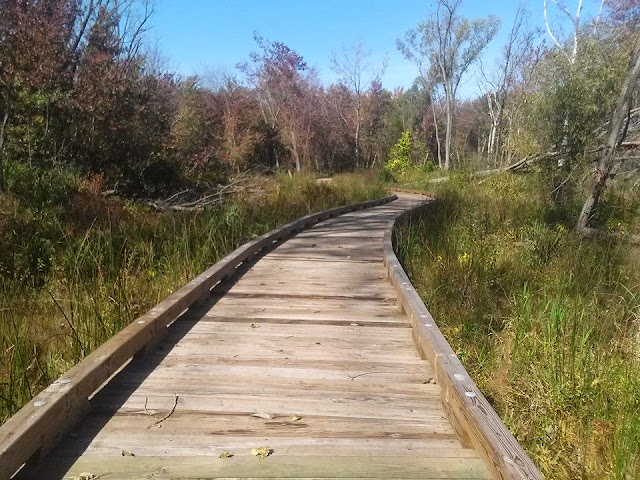Natural Notes: Wetland Graminoids

On May 9, 2015 I went out with Dan Spencer, a resource ecologist from the Forest Preserves of Cook County to examine wetland graminoids in a marsh at Sand Ridge Nature Center in South Holland, Illinois. The preserve protects over 75 acres of wetlands in various conditions. Graminoids are grasses and grass-like plants. We were particularly interested in sedges and rushes that were growing in a wetland area on the property. Sand Ridge Nature Center is situated in the lake plain, a former lake bottom of the ancestral Lake Michigan. Over the past 6,000 years, Lake Michigan has been receding, and as it has done this it has left behind old sand deposits interspersed with wetland areas. The low-lying topography of the area as well as urbanization of the surrounding landscape has left much of the property of Sand Ridge Nature Center partially underwater for most or all of the year (figure 1). Figure 1: Wetland area dominated by graminoids (grass-like ...

